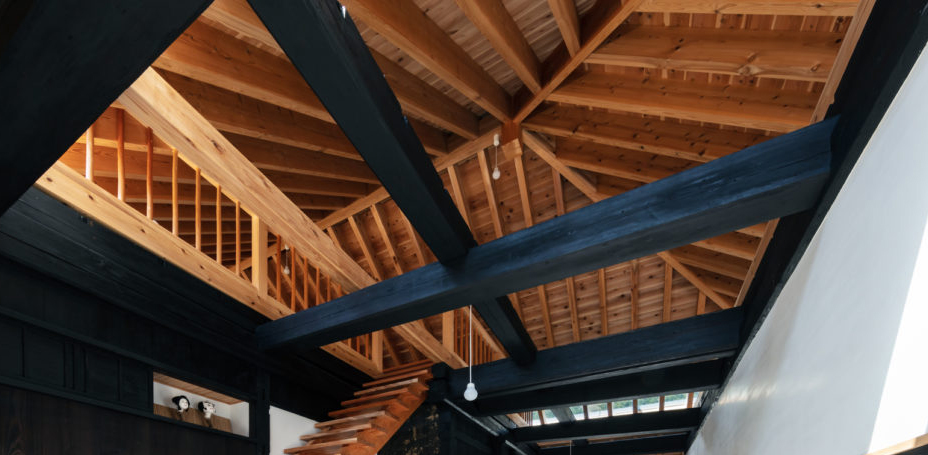Do you have a notable extension or addition? Consider entering it in The 11th Annual A+Awards, which features new categories to celebrate both Commercial and Residential Additions and Extensions. Submit before the Early Entry Deadline of November 4th, 2022.
Attics have never been a particularly attractive part of the house. They’re usually cramped, musty, makeshift spaces with little more to offer than a place to store old clothes and dusty memorabilia. Fortunately, some architects have taken on the challenge of transforming the attic into something more than a barren space. Their renovations take advantage of the unique shapes of these spaces to turn them into bright, lively and comfortable places for people to live in. The six projects below demonstrate that attics no longer need to be an architectural afterthought but instead can be a natural extension of the house’s living area.
Amsterdam Canal House
By Serge Schoemaker Architects, Amsterdam, Netherlands
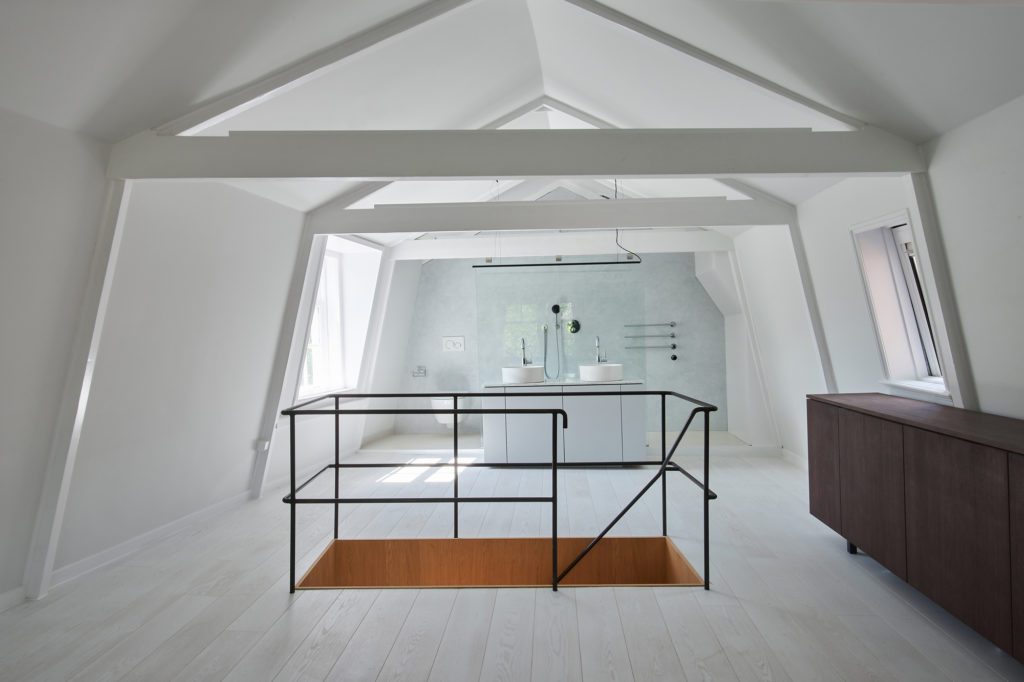

Photo by MWA Hart Nibbrig
After years of cluttered and eclectic changes, this seventeenth century corner house overlooking two canals in central Amsterdam required a major renovation. Serge Schoemaker Architects modernized the entire house with a bright open-floor concept and occasional bold colors throughout. In the attic, the pre-existing timber beams and trusses stand-out amid the glazed white space, giving a hint of the house’s historical character within its modernized context.
de Utrecht Leeuwarden
By Borren Staalenhoef Architects, Leeuwarden, Netherlands
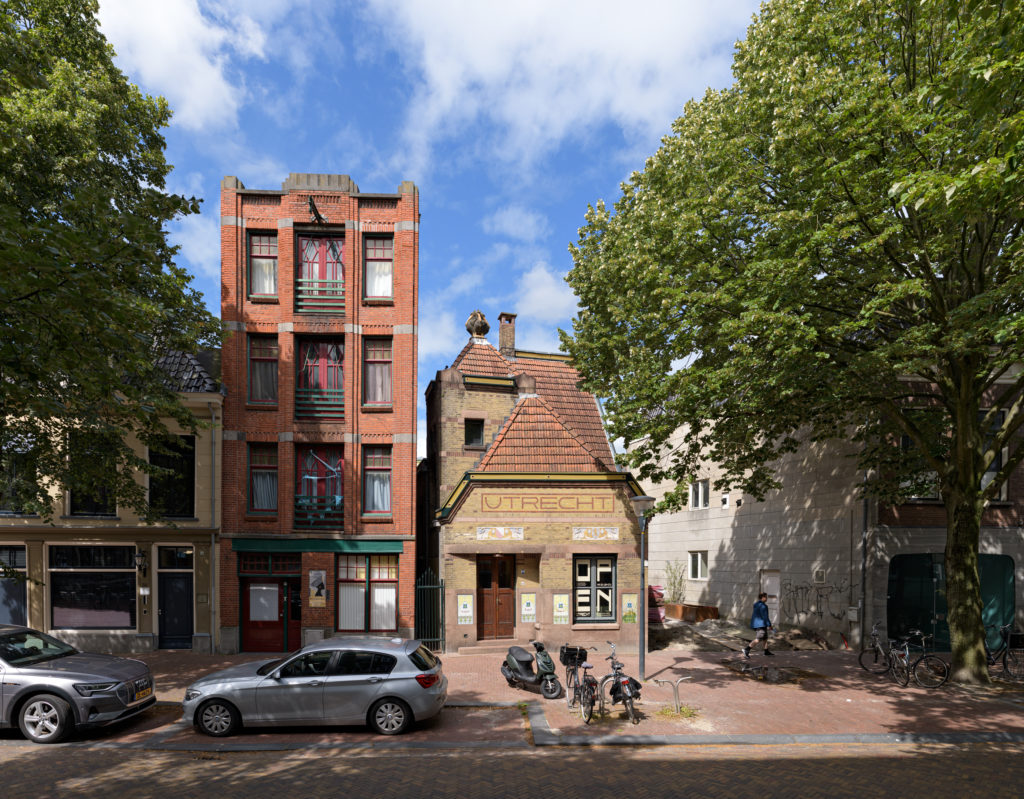
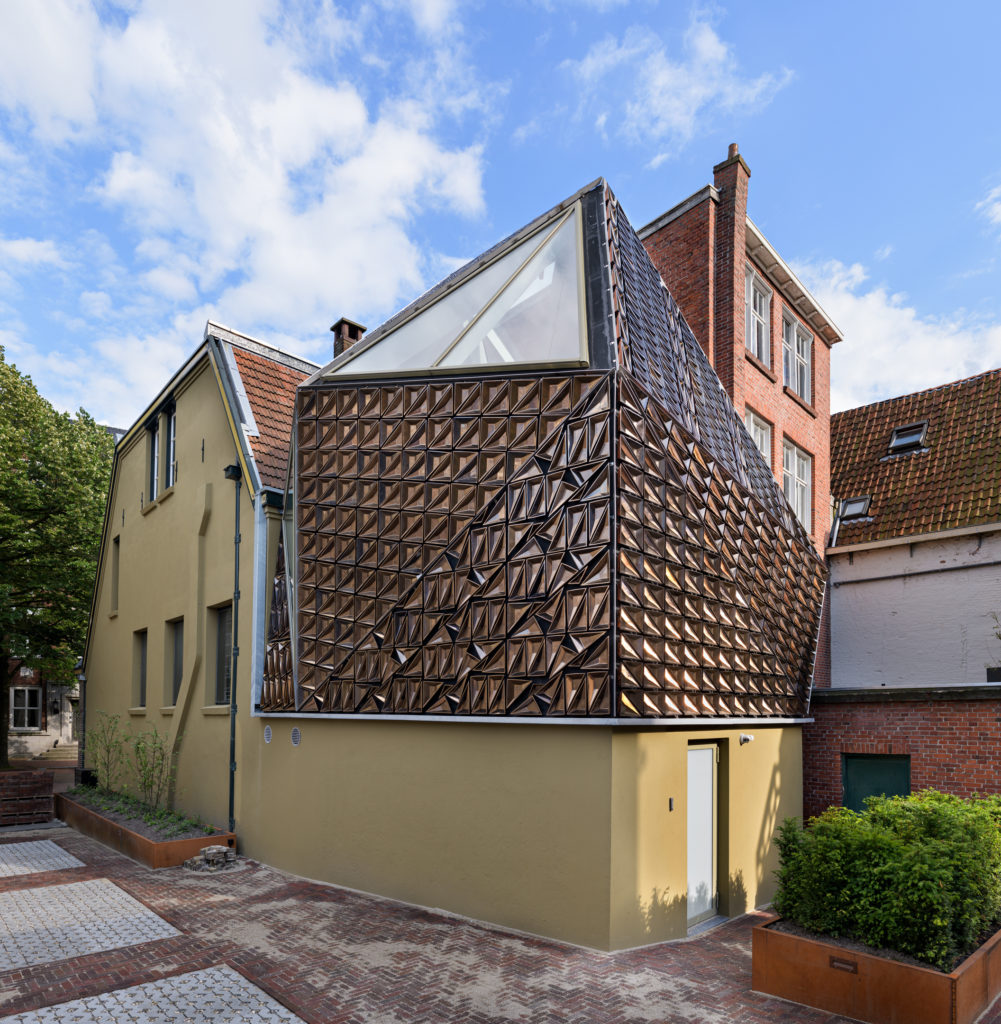

Photos by Pieter Kers
This former life insurance building built in 1903 by famed Dutch architects Alexander Kropholler and Jan Frederik Staal has now been given new life as a repurposed cultural center. Major renovations undertaken by Borren Staalenhoef Architects left intact the original building’s intricate interior design and stained glass. But with the new addition in the back, the architects let themselves be guided by their artistic volition.
The slightly distorted triangle-shaped ceramic patterns of the exterior offer a glimpse of the asymmetrical and whimsical lines that define the interior — a fitting style for the performance arts activities that now occupy the building. The original building’s attic, meanwhile, has also been renovated with fresh new wooden floors and refurbished trusses, turning the uninhabitable space into a cozy living room where past and present intertwine.
Attic apartment in Bratislava
By Kilo Honč, Bratislava, Slovakia
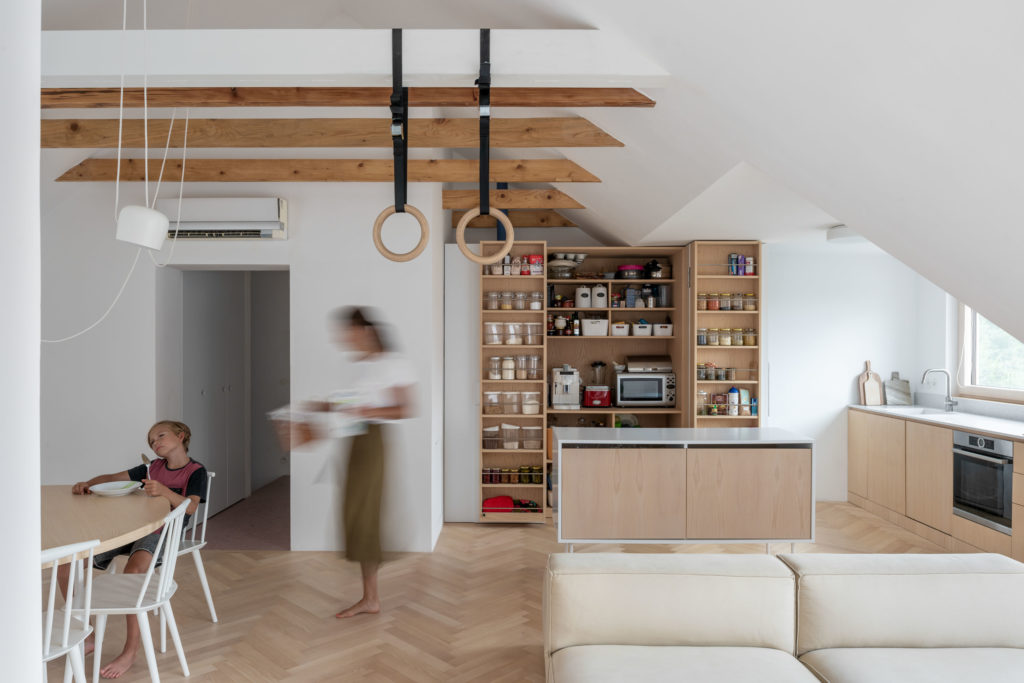
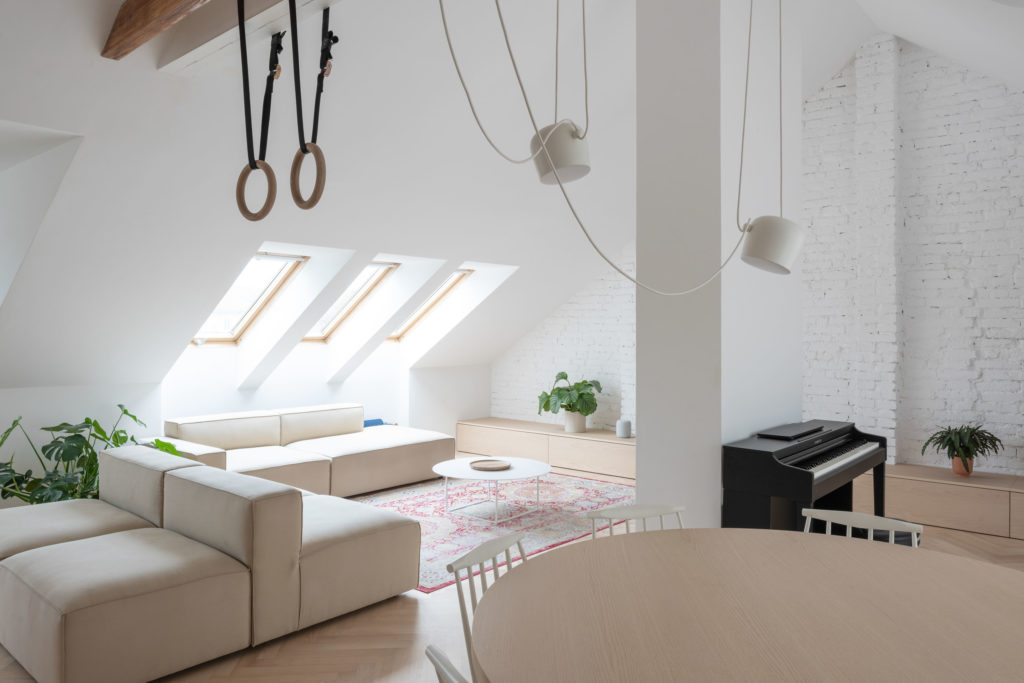
Photos by Matej Hakár
Located in a hip district in central Bratislava, this midcentury attic was transformed into a new family apartment in the 1990s and renovated once again by Kilo Honč to accommodate the changing needs of the family living in it. Rather than keeping the walls that separated the living room, kitchen and dining room, the firm replaced them instead with strategically placed furniture to partition the spaces, enabling an open-floor concept that is still well ordered. To brighten the space, a fresh coat of white paint was added to the brick walls and ceiling, helping to spread the natural light coming from the apartment’s skylights
The Sleeping Attic
By Andrea Mosca Creative Studio, Montlhéry, France
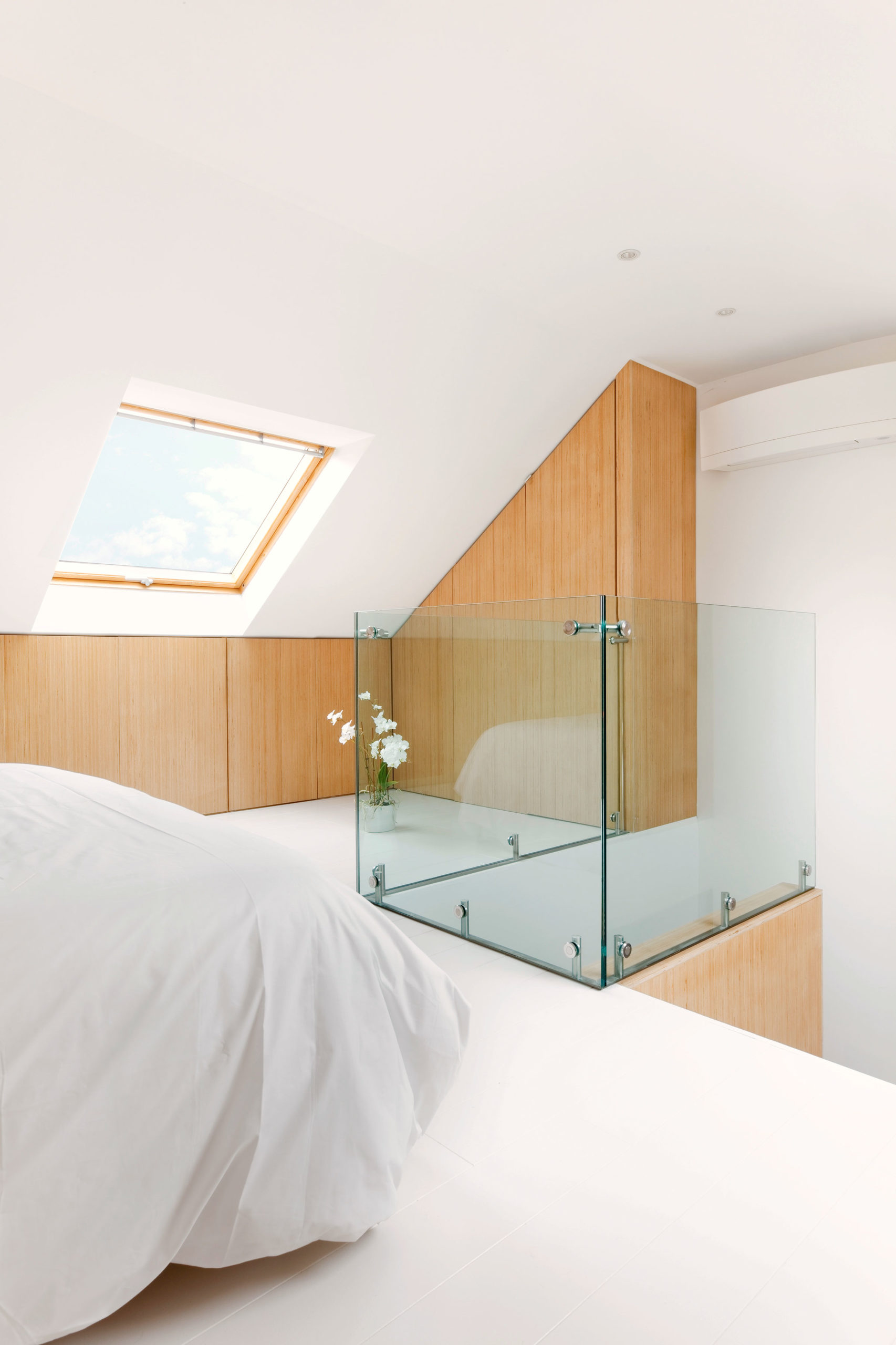
 This formerly uninhabitable and skeletal attic was completely transformed into a bright new bedroom with plenty of storage to spare. The attic was given new life with the insertion of large skylights at the four ends of the space, introducing natural light that is then reflected by the white wooden floor into the rest of the room. Meanwhile, beige wooden walls offer a soothing counterpoint to the gleaming space.
This formerly uninhabitable and skeletal attic was completely transformed into a bright new bedroom with plenty of storage to spare. The attic was given new life with the insertion of large skylights at the four ends of the space, introducing natural light that is then reflected by the white wooden floor into the rest of the room. Meanwhile, beige wooden walls offer a soothing counterpoint to the gleaming space.
House in Kito
By Kosuke Bando Architects, Japan
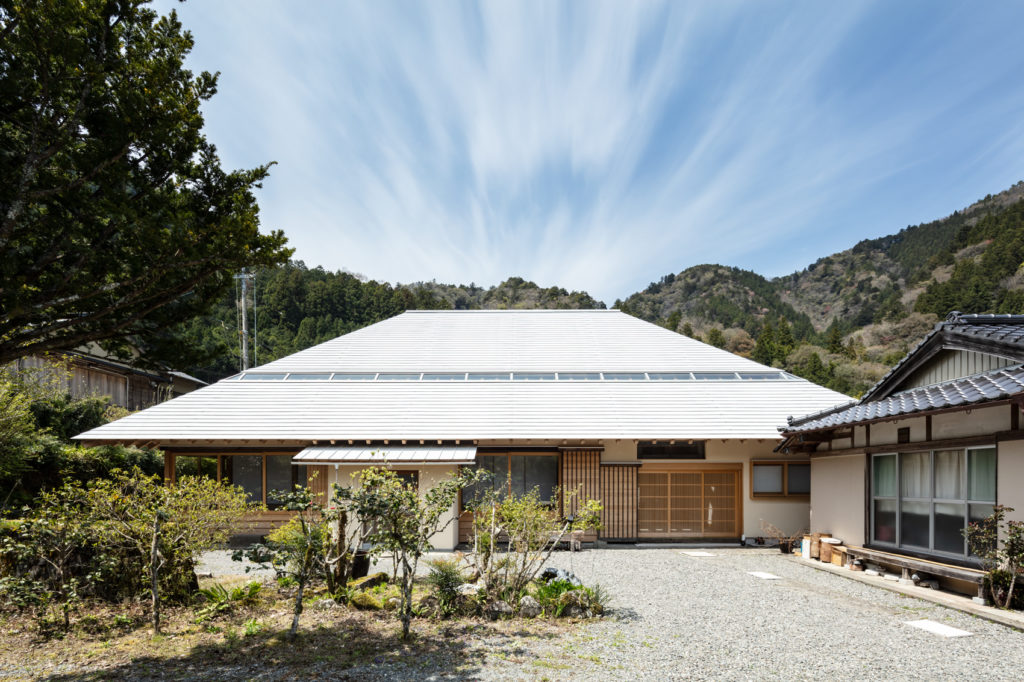
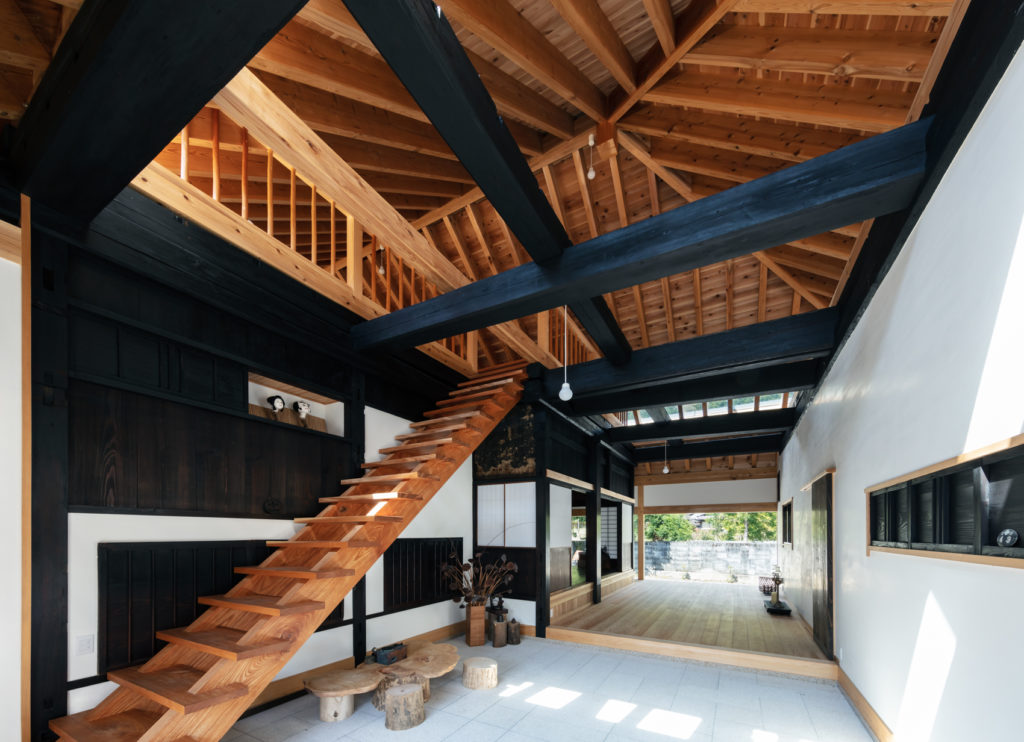
 While it is common practice when renovating old Japanese houses to leave the pre-existing roof intact, Kosuke Bando Architects chose instead with this house to tear the roof down entirely and start anew. This allowed for a complete reinvention of the space: turning the attic into a quasi-spiritual room with sunlight entering from low-lying slits around the ceiling and producing a mystical glow for the timber beam structure above.
While it is common practice when renovating old Japanese houses to leave the pre-existing roof intact, Kosuke Bando Architects chose instead with this house to tear the roof down entirely and start anew. This allowed for a complete reinvention of the space: turning the attic into a quasi-spiritual room with sunlight entering from low-lying slits around the ceiling and producing a mystical glow for the timber beam structure above.
Ochre Barn
By Carl Turner Architects, Norfolk, England, United Kingdom

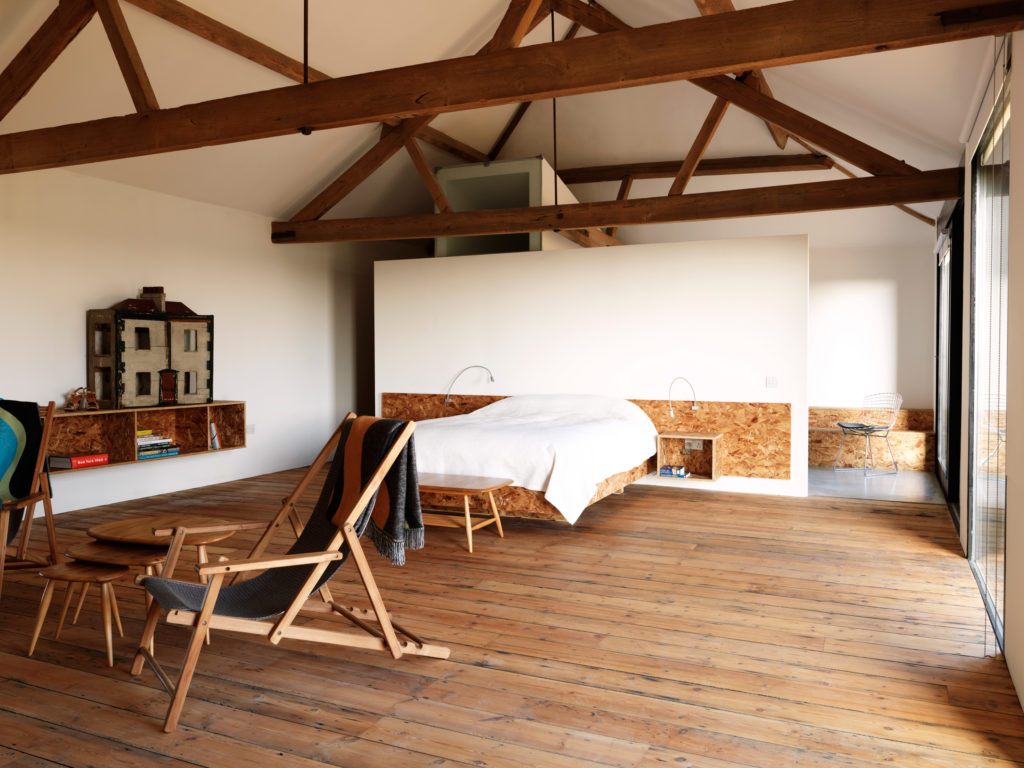
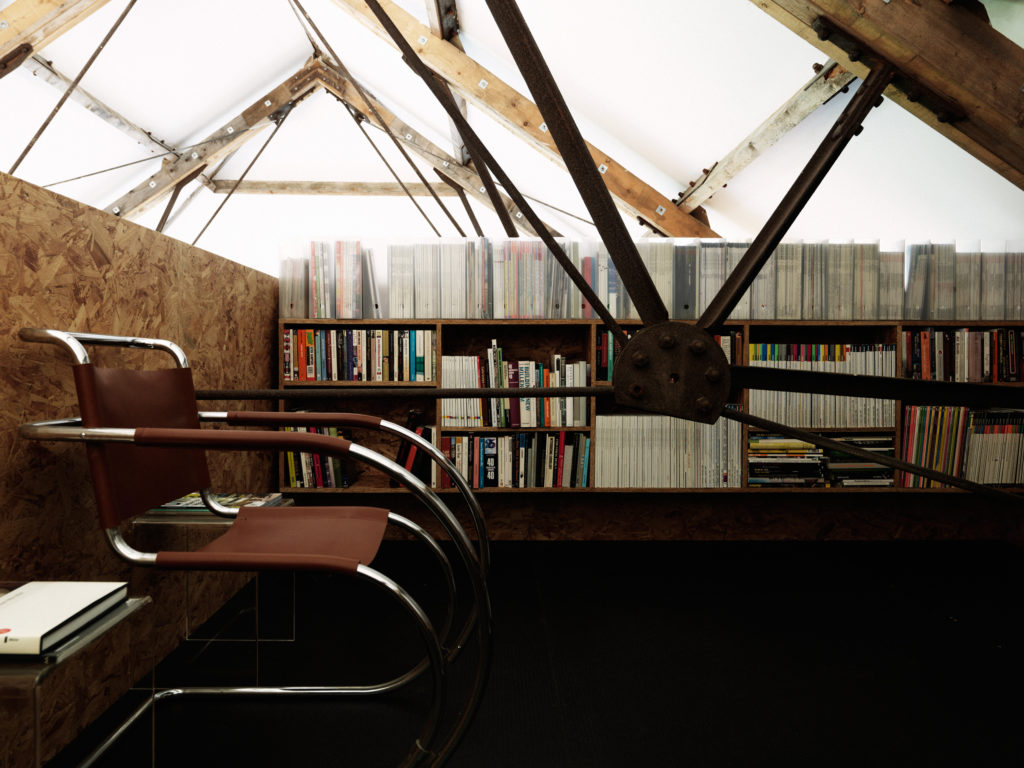 This once derelict barn in Norfolk was converted into a hybrid structure in equal parts home and community space. The building’s exterior was meticulously renovated, with reinstalled roof tiles and restored vernacular brick, while the interior designed was stripped down to the original brick. Similarly, the vaulted ceiling was left exposed which, accentuated by large wooden beams, creates a generous sense of space. The vault ceiling has more than just an aesthetic purpose, however: tucked under the vault is a bright and cozy attic surrounded by industrial details and reclaimed pitch pine boards — a perfect sanctuary for the homeowners to escape the buzz below.
This once derelict barn in Norfolk was converted into a hybrid structure in equal parts home and community space. The building’s exterior was meticulously renovated, with reinstalled roof tiles and restored vernacular brick, while the interior designed was stripped down to the original brick. Similarly, the vaulted ceiling was left exposed which, accentuated by large wooden beams, creates a generous sense of space. The vault ceiling has more than just an aesthetic purpose, however: tucked under the vault is a bright and cozy attic surrounded by industrial details and reclaimed pitch pine boards — a perfect sanctuary for the homeowners to escape the buzz below.
Do you have a notable extension or addition? Consider entering it in The 11th Annual A+Awards, which features new categories to celebrate both Commercial and Residential Additions and Extensions. Submit before the Early Entry Deadline of November 4th, 2022.
